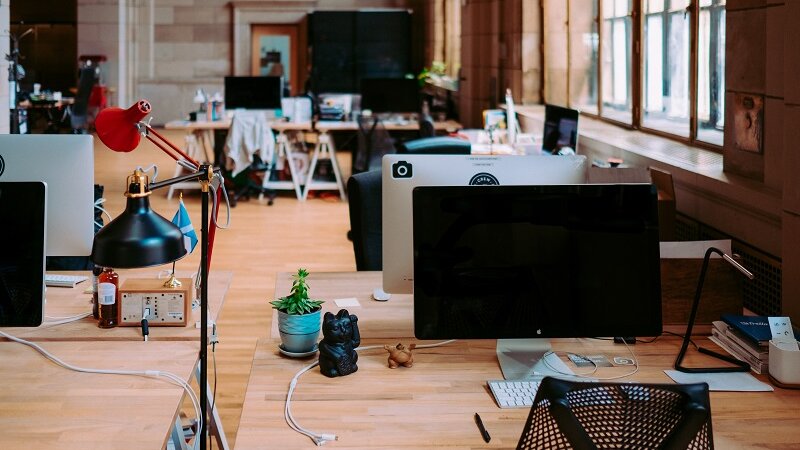How Much Are You Getting Done?
Episode #1 of the course How to set up a productive working environment by Melissa Chu
Welcome to How to Set Up a Productive Working Environment!
I’m Melissa, founder of JumpstartYourDreamLife.com. I regularly share insights on creating great work and developing successful habits for thousands of readers in my Jumpstart Your Dream Life Newsletter.
Now, imagine your perfect workday.
You sit down at your desk, knowing what you have to do. You open up a file, glance through it, and get straight to work.
You might have a steaming beverage and background music, but there are no phone calls, no loud sounds outside, or distracting thoughts. You’ve reached a state of flow.
Take a moment, close your eyes, and picture what that looks like to you.
Over the next ten days, we will learn how to set up an environment that makes you energized and productive. The aim is to create a space that helps you maintain focus on your work.
The approach I like to use is to “set it and forget it.” It means you set things up correctly the first time around, and then you don’t have to worry about it after. Once you create a productive working environment, keeping it that way becomes almost automatic.
How do we get to that stage? Today, we do a self-evaluation to figure out how productive we really are. When we figure that out, it becomes easier to start creating a productive work environment.
What’s Affecting Your Productivity?
When we’re not fully focused on our work, we can feel it. We might physically be at our desks, but our minds are elsewhere. Or we might get some work done, but end up sidetracked by something else.
On the flip side, we know when we’re fully in the zone. We’re gaining momentum, churning out results, and it feels as though we’re never stopping. When we reach that stage, it’s a great feeling.
However, we don’t often think about what’s causing such behavior. We recognize it, but that’s not the same as seeing how our behavioral patterns develop. So now, we’re going to take a closer look.
I want you to think about what’s triggering your productivity levels. Think back to the times you tried working on something, but ended up getting less work done than you hoped for. And then, think back to when you were incredibly productive and fully immersed in your work.
Create a table that’s organized into your “unproductive triggers” and your “productive triggers”. Under unproductive triggers, ask yourself, what are your biggest distractions? And for your productive triggers, what helps you focus on your work?
Brainstorm all the factors you can think of. Observe your five senses: sight, smell, sound, touch, and taste. I find that once I start writing, it becomes easier to add more points.
Here’s an example:
Unproductive triggers:
• constantly check my phone during the day
• hard to focus after interruptions, such as phone calls or meetings
• I procrastinate when I can’t find the file
• periodically surf the web during work
• overwhelmed when there are too many tasks, so I end up doing nothing
Productive triggers:
• work best in a quiet room
• perform better under deadlines
• once I get started, it’s easier to keep working
• more productive on a full stomach
• more productive when I plan the day out beforehand
Give yourself twenty minutes to write at least five points on each side. Feel free to write anything you can think of.
Tomorrow, we will look at how your work environment is affecting you. You’ll take today’s exercise and apply it to creating a distraction-free, productive area.
Today is the first step towards creating your ideal workplace. Each day in this course will get you closer to thriving in your workplace and reaching your goals.
Melissa
Recommended reading
How To Set Up Your Environment To Work Effortlessly Towards Your Goals
Recommended book
Essentialism: The Disciplined Pursuit of Less by Greg McKeown
Share with friends

